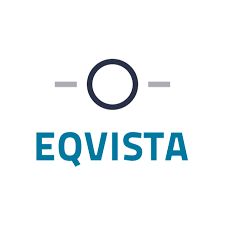297 reads
The Ultimate Startup Guide to Raising Seed Funding
by
February 20th, 2021

Redefining private market valuations and equity management. AI-powered, human-delivered.
About Author
Redefining private market valuations and equity management. AI-powered, human-delivered.